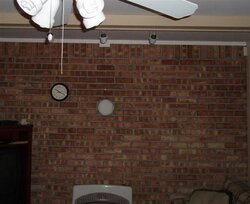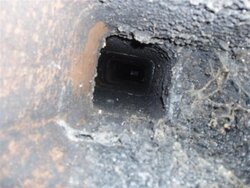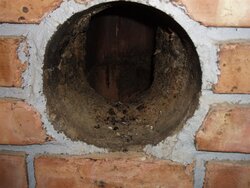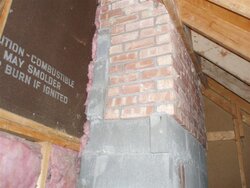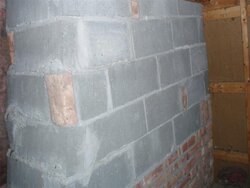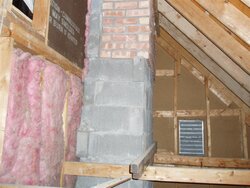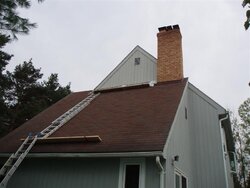I'll be connecting my stove to an existing masonry chimney that hasn't been used in years and have some questions. I figure I'll need a masonry adapter to connect into the chimney? It looks like the masonry adapter will be a 6 inch diameter and the current hole in the chimney is 7 1/2 inches. My question is what is the best way to fill the gap and seal this properly? Will regular mortar work or do they make a high temp mortar?
I'm just in the gathering info. stage so I'm open to any suggestions at this point. I still need to have a sweep come out and inspect the chimney to make sure a liner isn't needed.
I'm just in the gathering info. stage so I'm open to any suggestions at this point. I still need to have a sweep come out and inspect the chimney to make sure a liner isn't needed.


